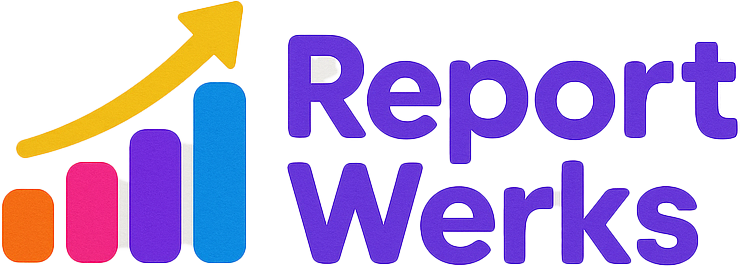Understanding the Power of Google Ads Conversion Metrics for Non-Profit Donor Acquisition
In today’s competitive digital landscape, non-profit organizations are increasingly turning to paid advertising platforms like Google Ads to attract new donors and expand their impact. However, running effective campaigns requires more than just ad spend; it demands a strategic approach to measuring and optimizing ROI through precise conversion metrics.
The Significance of ROI Reporting in Non-Profit Fundraising
Fundraising success hinges on understanding which efforts translate into tangible results. Accurate ROI reporting enables non-profit leaders to identify high-performing campaigns, allocate resources efficiently, and demonstrate impact to stakeholders. With rising expectations for transparency, leveraging data-driven insights has become essential for sustaining growth and trust.
Best Practices for Leveraging Google Ads Conversion Metrics
1. Set Clear Conversion Goals
Start by defining specific actions that constitute a successful donor acquisition—such as website donations, newsletter sign-ups, or event registrations. These goals serve as the foundation for tracking conversions accurately.
2. Implement Accurate Tagging and Tracking
Use Google Tag Manager and Google Analytics to set up conversion tracking. Ensure that tags are properly implemented on donation pages and key engagement points to capture valuable data.
3. Analyze Conversion Data Regularly
Monitor metrics like click-through rates (CTR), conversion rates, cost per conversion, and overall cost per acquisition. Analyzing these helps identify which keywords, ad copies, and audience segments yield the best ROI.
4. Optimize Campaigns Based on Data Insights
Leverage A/B testing for ad creatives and landing pages. Adjust bids for high-performing keywords and pause underperforming ads to maximize budget efficiency.
5. Integrate with Broader Fundraising Analytics
Combine Google Ads data with your CRM and other analytics tools to get a holistic view of donor behavior and lifetime value. This integration informs smarter segmentation and personalized outreach strategies.
Emerging Trends in Fundraising ROI Reporting
Recent innovations include the adoption of artificial intelligence (AI) for predictive analytics, real-time reporting dashboards, and multi-channel attribution models. These tools enable non-profits to adapt swiftly, refine their messaging, and demonstrate impact with greater accuracy.
Real-World Success Stories
Many non-profits have reported significant improvements in donor acquisition costs by refining their Google Ads strategies based on conversion data. For instance, a humanitarian organization optimized its campaigns by focusing on high-converting keywords and tailored messaging, leading to a 30% increase in new donors within three months.
Conclusion and Next Steps
To harness the full potential of Google Ads for donor acquisition, non-profit leaders must prioritize accurate tracking, ongoing analysis, and strategic optimization. By integrating conversion metrics into your overall fundraising analytics, your organization can achieve higher ROI, better engagement, and sustained growth.
Start today by reviewing your current Google Ads setup, and consider implementing advanced tracking features to unlock deeper insights. The future of non-profit fundraising lies in data-driven decision making—embrace it to amplify your organization’s impact.
